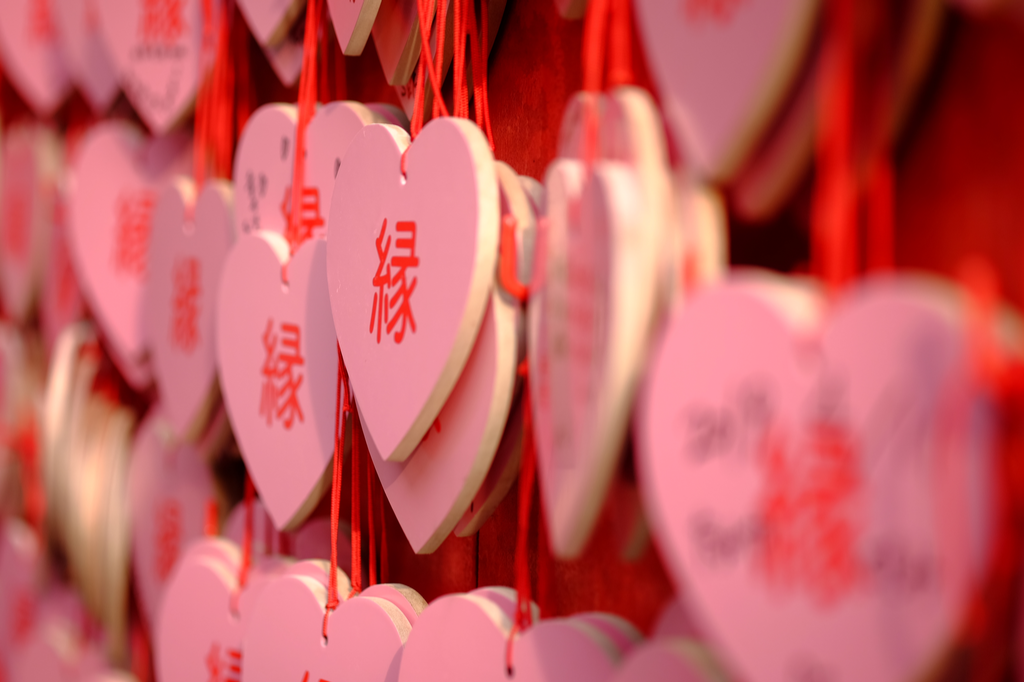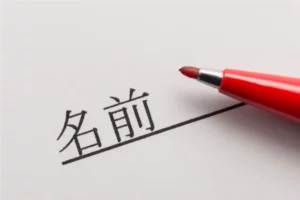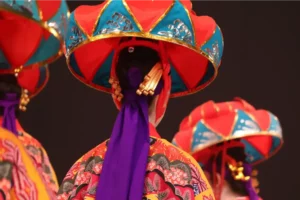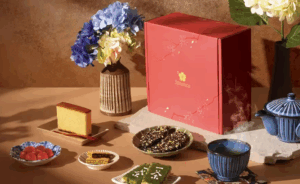Table of Contents
ToggleLike a lot of things, Japan does Valentine’s Day just a little bit differently. Much more than love letters and roses, Japan puts chocolate center stage. There is a simple reason for that: Chocolate introduced Valentine’s Day to the country in the first place.
History of Valentine’s Day in Japan
Valentine’s Day’s roots go back for centuries. While its origins are in Christianity, it is not an official public holiday in any country in the world. Originally a feast day in honor of a Christian martyr by the name of Saint Valentine, the now global custom of presenting flowers, confectionery and letters to loved ones on February 14th eventually appeared in 18th century England.
With Christianity not a part of Japanese culture, the celebration found its way to the country on the back of an import: chocolate. With traditional Japanese sweets called wagashi well established, the arrival of chocolate in Japan in the early 20th century initially did not catch the attention of many people.
While numerous shops producing and selling chocolate were operating in Japan by the 1930s, they were doing so with non-Japanese customers in mind. Morozoff, one such shop run by a Russian immigrant, was responsible for bringing the custom of gifting Valentine’s Day chocolate to Japan. The shop ran an ad campaign in a magazine aimed at foreign residents and, much like chocolate in Japan overall, failed to make waves amongst the Japanese population.

Modernization, changing lifestyles, World War II and the following US occupation eventually allowed Japanese chocolate sales to overtake those of traditional Japanese confectionery in the 1950s and -60s. Some of Japan’s largest department stores ran campaigns which advertised the gifting of chocolate for Valentine’s Day and the practice ultimately took hold.
Still looking for some Valentine’s Day sweets to give away or enjoy for yourself? Sakuraco sends traditional Japanese sweets & snacks, including chocolate, from across Japan to your door.
Reversed Gender Roles and White Day
While some Valentine’s Day customs eventually made it to Japan, they did so with a little twist. Opposite to the standard in Western countries, it is women who bear the task of presenting the men in their lives with chocolate on the 14th of February. This role reversal most likely comes down to a mistranslation somewhere, but established itself anyway.
Men who received chocolate are then expected to return the favor with triple the amount a month later on March 14th, ‘White Day’. If you’re wondering what exactly is white about White Day, the answer is sometimes the chocolate.
Born out of yet another marketing campaign, the day was supposed to be about gifting marshmallows in return for chocolate received. The marshmallow campaign did not succeed, but one involving white chocolate did a year later and thus White Day was born. All kinds of chocolates are given for White Day as there is no set rule despite the name.
Chocolate is not only given to romantic partners, however. Friends and even co-workers are also included in the Japanese Valentine’s Day formula. The type of chocolate gifted essentially falls into three categories:
Giri Choco – Literally ‘Obligation Chocolate’
Usually on the cheaper side, these ‘obligatory chocolates’ are usually given to colleagues or acquaintances. As the name indicates, there are no romantic feelings involved in gifting this chocolate.
Tomo Choco – Literally ‘Friend Chocolate’
A step above giri choco, tomo choco is chocolate given to friends. Most often exchanged between female friends, this chocolate often includes a personal thank you message or something similar.
Honmei Choco – Literally ‘True Feeling Chocolate’
Given only to a romantic partner or love interest, honmei choco usually involves the highest quality and most elaborately wrapped chocolate.

Giri Choco Criticism and the Future
As unique as Japan’s take on Valentine’s Day is, criticism of the obligations associated with it has been growing. Giri choco in particular has been banned by some employers, as it puts an unnecessary social burden on women and the intention behind the chocolate could be misunderstood.
Giving chocolate to friends and romantic partners remains popular however and manufacturers continue to run Valentine’s Day campaigns to great response. Couples use the occasion for special dates and for those without partners there is always tomo choco to give and a shrine to visit.
Matchmaking Shrines
Japan’s Shinto religion has a god and shrine for almost anything one could ask for: academic success, business prosperity, good health and even matchmaking.
For Valentine’s Day it is therefore not uncommon for both couples and single people to visit a shrine that is well known for blessing relationships or even curing heartache. Imado Shrine in Asakusa is one such power spot. Also rumored to be the origin spot of Japan’s maneki neko, the white ‘beckoning cat’ that can be found at Japanese restaurants worldwide, couples visit here to strengthen their relationships by writing ema.

Ema are wooden tablets sold at both shrines and temples in order to make a wish. Hopes and desires are written directly on the tablet and then hung at the place where they were purchased. At Imado Shrine couples tend to write these together to strengthen their bond, but there are also plenty of sites meant to bless those still seeking love.
Kuzuryu Shrine in Kanagawa prefecture’s Hakone is one such site. Drinking the shrine’s spring water is said to help those looking for love and hundreds of people seek out its powers just before Valentine’s Day every year.
How do you usually celebrate Valentine’s Day? Let us know in the comments below.









